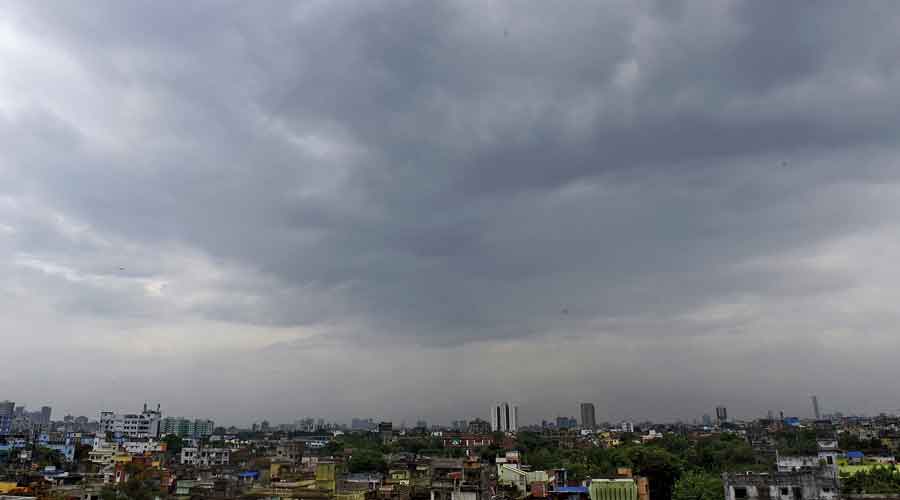Air quality in several parts of the city stayed between poor and severe for long hours from late Thursday to Friday morning.
The cloudy sky along with very low wind speed, which is characteristic of the weather during this time of the year, on Friday, didn’t allow the trapped pollutants to escape, said experts.
Better wind speed and a sunny day could have helped the trapped pollutants released by bursting of firecrackers during Chhath to disperse faster, the experts said.
In Howrah, too, the air quality remained severe for a long time.
At Rabindra Bharati University on BT Road, the air was very poor for almost the entire duration between Thursday midnight and Friday 6am. The air became a little better but still remained poor till about 10am.
At Fort William, the air was poor for a long time between Thursday midnight and Friday 6am.
According to the National Air Quality Index, prepared by the Central Pollution Control Board (CPCB), very poor air can cause “respiratory illness on prolonged exposure”. Poor air can cause “breathing discomfort to most people on prolonged exposure”.
At Howrah’s Ghusuri, the air quality dropped from poor to very poor to severe and then marginally improved to poor — all between 10pm on Thursday and 10am on Friday.
The air quality index says that severe air “affects healthy people and seriously impacts those with existing diseases”.
Air quality experts said that the weather condition in the city and adjoining areas on Friday contributed to the air quality remaining in the poorer categories.
Kolkata’s sky was overcast for almost the whole of Friday morning and afternoon. According to the Indian Meteorological Department, the wind speed in Kolkata was 1.9km on Friday evening.
“Usually, a wind speed of 10km an hour is considered good for ventilation. This wind speed disperses the trapped pollutants into the air over a wider area and dilutes the concentration of pollutants in the ambient air. A lower wind speed impairs the natural ventilation process,” said air quality expert Anumita Roy Chowdhury, the executive director of New Delhi-based Centre for Science and Environment (CSE).
She said that during winter, the mixing layer of air near the ground and that above it comes closer to the ground and that coupled with low wind speed traps the pollutants closer to the ground. This exposes humans to poorer air.
Roy Chowdhury said that with the progress of winter, such weather conditions would become more common. But the pollution levels can be reduced if addition of pollutants by human activities, which are avoidable, can be stopped. These include burning of waste, using coal cooking ovens or bursting crackers.
The overcast sky on Friday also impaired the convection cycle where the warm air rises up and the cold air from above comes down.
“If the convection cycle is impaired then dispersion of pollutants hanging close to the ground is also impaired. A sunny day heats the ground and the air close to the ground. This causes the warm air to rise up and the convection cycle functions better. The pollutants would have been dispersed better,” said Anupam Deb Sarkar, a professor of Jadavpur University, who works in the area of air quality management.
The impaired wind speed and convection cycle may have trapped many pollutants released by bursting of firecrackers close to the ground.
